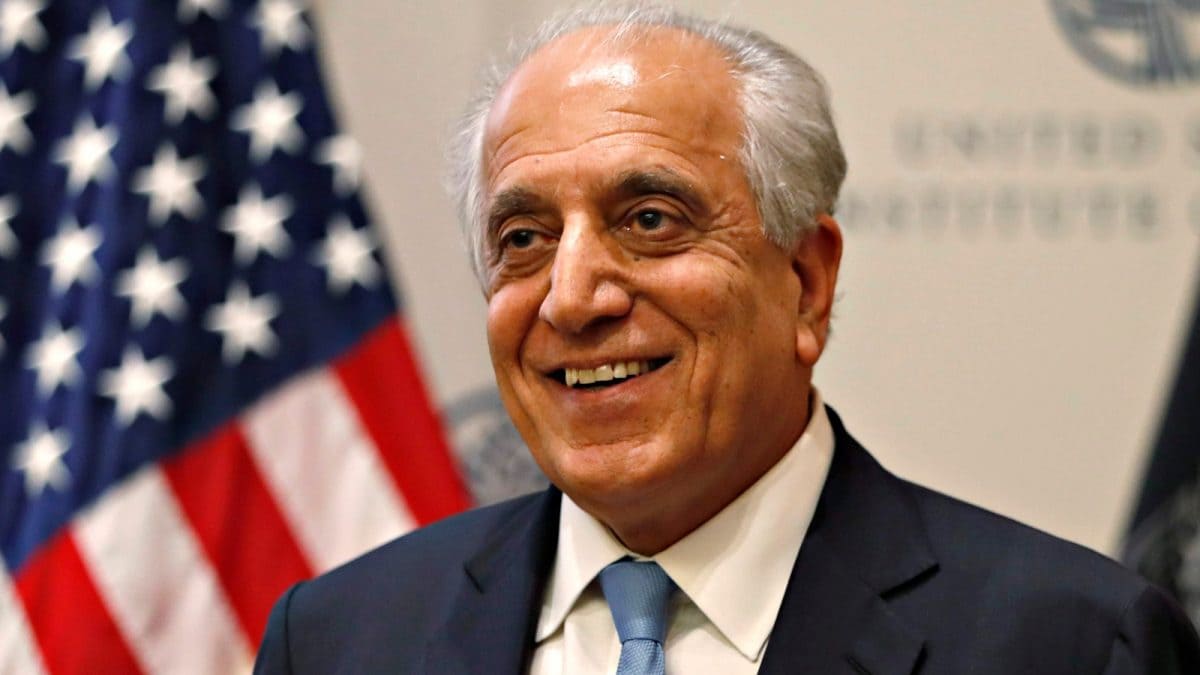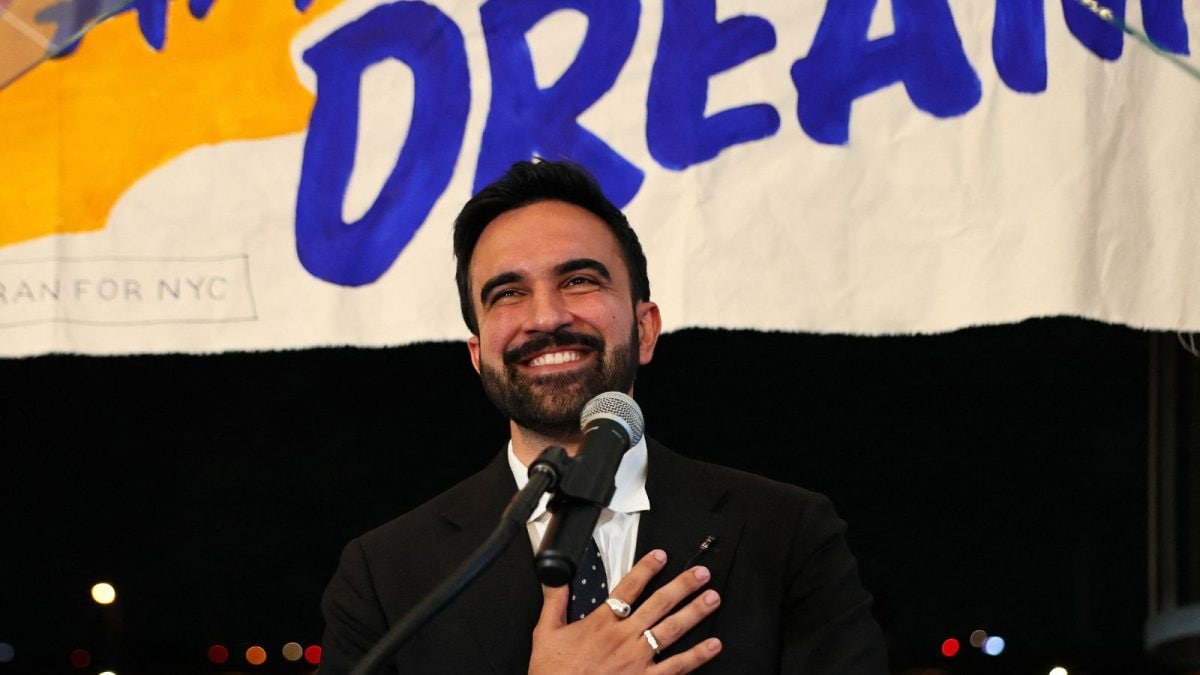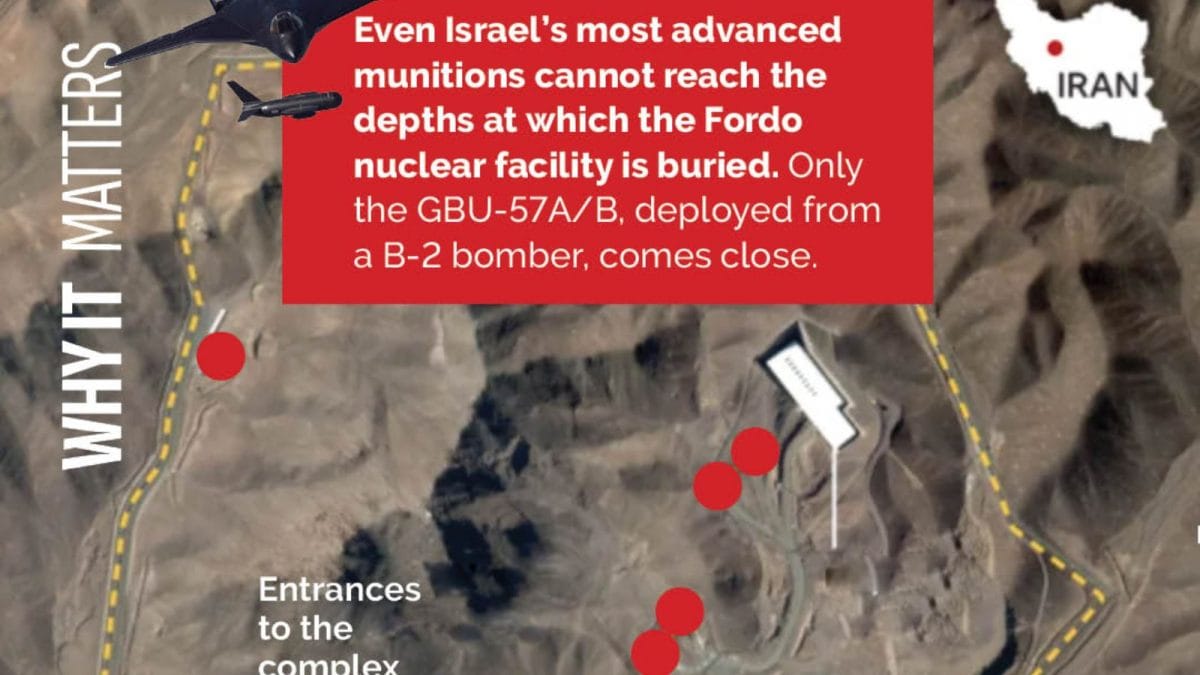Last Updated:June 27, 2025, 16:18 IST
As Shubhanshu Shukla reached the ISS, he was assigned a unique number. But why are astronauts given these numbers? Here's what they mean and how they're used

Since facial recognition is difficult while suited up, Mission Control and crewmates use the crew numbers for identification, communication, and safety during spacewalks. (X/@SpaceX)
India’s Shubhanshu Shukla spent his first night aboard the Space Station (ISS), alongside astronauts from three other nations. Upon his arrival, he was assigned a unique crew number. But what exactly is the purpose of this number, and why is it issued to every newcomer?
This identifier isn’t just a formality; it plays a vital role in everything from logging medical data to coordinating spacewalks, especially when names and faces are hard to distinguish in bulky suits.
Did Kalpana Chawla And Sunita Williams Have Crew Numbers?
Yes, both Kalpana Chawla and Sunita Williams were assigned crew numbers prior to Shubhanshu Shukla.
Each astronaut on the ISS is given a specific crew ID and position number. However, during day-to-day interactions, they are addressed by name. These identifiers are used in certain operational contexts.
To date, around 640 individuals have been to space, with roughly 30 to 35 making the journey more than once. People from over 45 countries have participated in space missions. Rakesh Sharma was the first Indian to travel to space aboard the Soyuz T-11 in 1984. Kalpana Chawla, who later became a US citizen, was the first Indian woman in space.
Why Are Crew Numbers Used?
These numbers primarily serve security and system-logging purposes. The ISS contains various systems that log medical updates and activity records. For example, during health checks, emergency simulations, or scientific experiments, astronauts must enter their crew ID to access equipment or input data.
During extravehicular activities (EVAs), or spacewalks, each astronaut’s suit displays a number such as EVA-1 or EVA-2. Since facial recognition is difficult while suited up, Mission Control and crewmates use these numbers for identification. These are especially useful when multiple astronauts have similar names or accents.
However, on board the ISS, astronauts typically call one another by name, fostering a relaxed, collegial atmosphere. However, during formal communication with ground control, whether with NASA or Roscosmos, crew call signs or numbers are occasionally used, especially during high-stakes operations like spacewalks.
When Was Crew Numbers Introduced?
In the early space missions of the 1960s, astronauts were simply addressed by name or mission call sign. But by the 1970s, with longer, more complex missions to space stations, it became clear that a more systematic method of identification was needed.
Numbering helped avoid confusion when recognising faces inside helmets or communicating clearly via radio across multilingual crews.
NASA introduced the EVA-1, EVA-2 format during the Space Shuttle era in the 1980s. With up to eight astronauts per mission, these identifiers were critical. Once the ISS became operational in 1998, the practice became standardised for all spacewalks and vital crew activities.
Did Rakesh Sharma Receive A Crew number?
Rakesh Sharma was not given a crew number as per today’s system. His 1984 mission was designated Soyuz T-11, with the crew using the call sign ‘Jupiter’. At that time, Soviet missions referred to astronauts by name or collective mission identifiers.
Kalpana Chawla flew aboard STS-87 in 1997 but did not perform any spacewalks, so she was designated Mission Specialist-1 (MS-1) rather than an EVA number. Sunita Williams, on the other hand, participated in four spacewalks during her STS-116 mission and was assigned identifiers like EVA-1 and EVA-2 for those activities.
Location : First Published:News world Space Station: Why Is Every Astronaut Given A Number? | Explained

 4 hours ago
4 hours ago
















